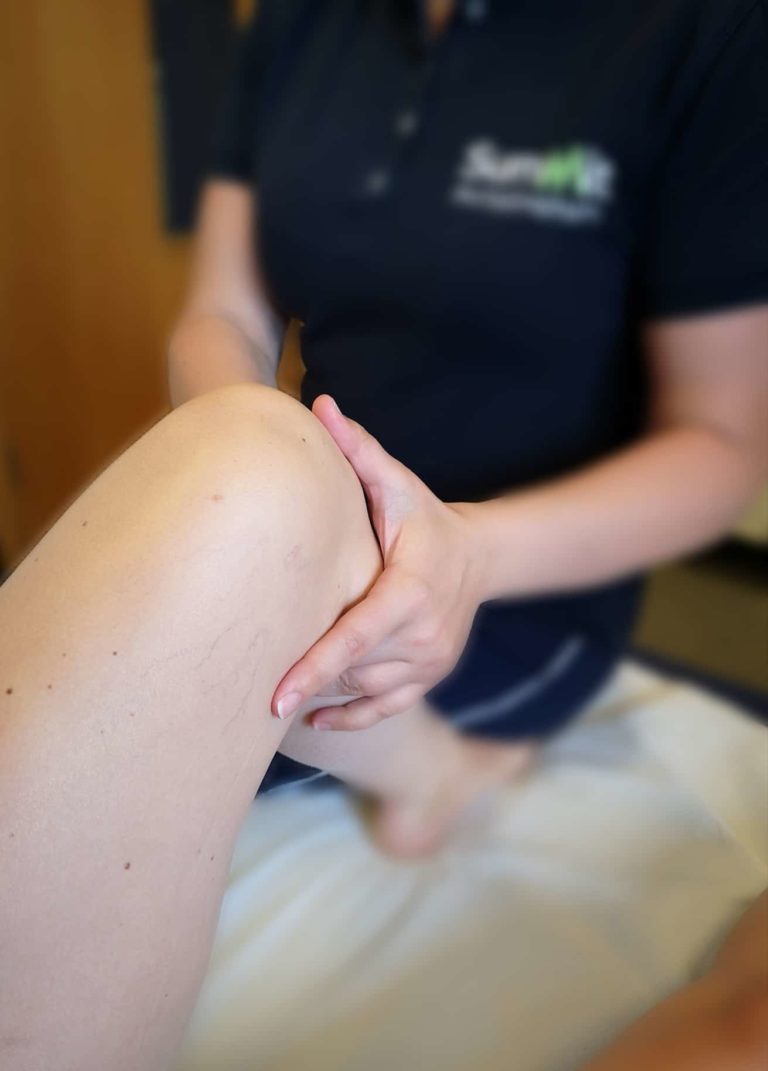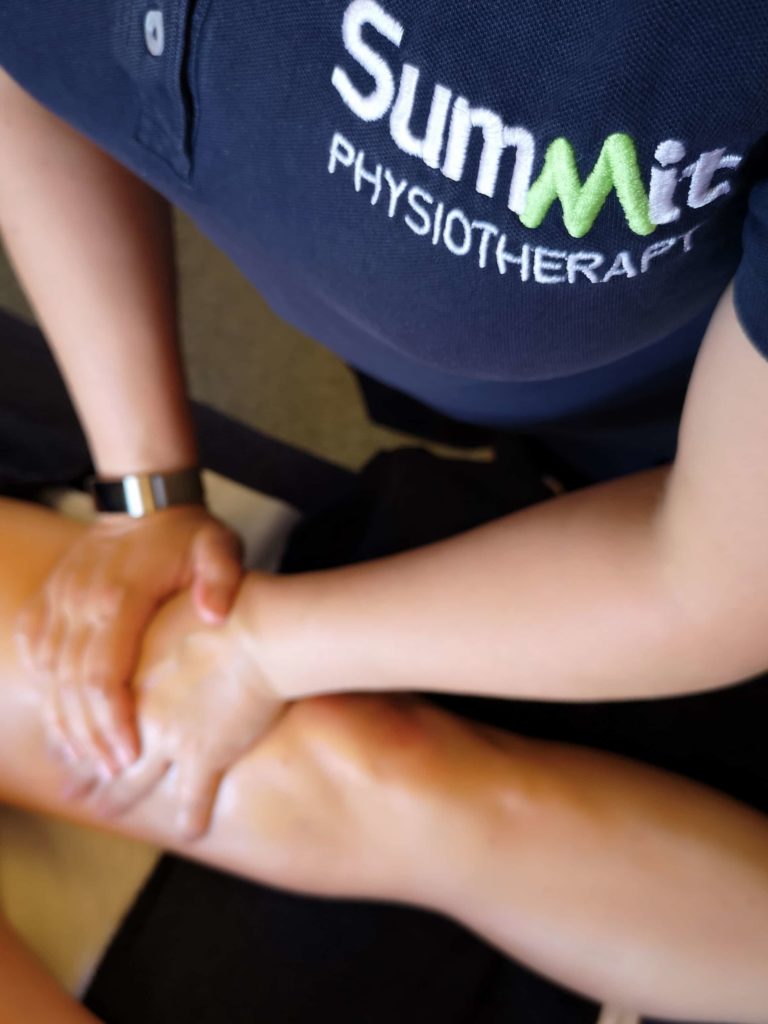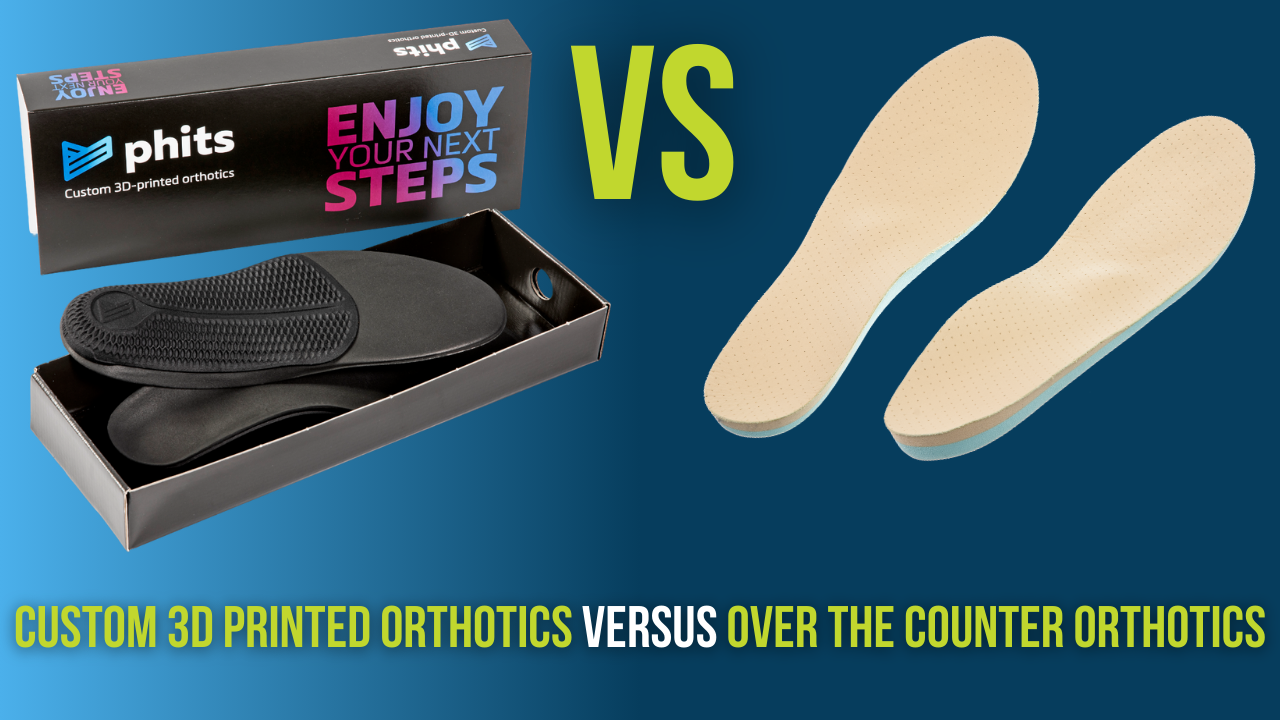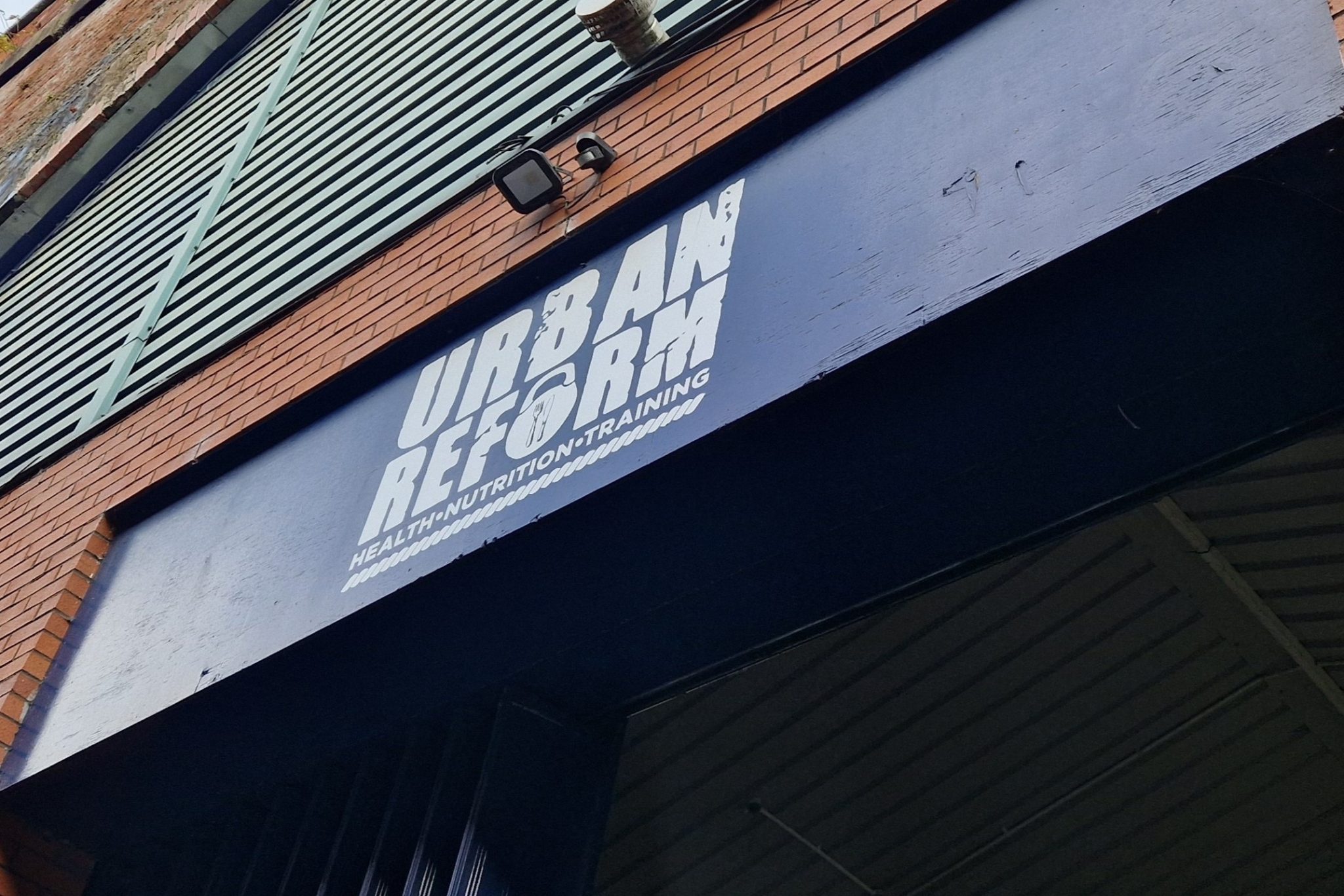Unlocking Mobility: The Power of Soft Tissue Mobilisation
soft tissue mobilisation is a valuable technique that can help patients recover from injuries, improve their physical function, and enhance their quality of life. By targeting the soft tissues directly, Practitioners can address a wide range of musculoskeletal issues and support their Clients on their journey to optimal health and wellness.
WHAT IS soft tissue mobilisation?
Soft tissue mobilisation in physiotherapy is a manual therapy technique used to treat musculoskeletal conditions by targeting the soft tissues of the body, such as muscles, tendons, ligaments, and fascia. This technique involves applying pressure and movement to these tissues to improve their flexibility, reduce pain, and restore normal function.
During soft tissue mobilisation, a physiotherapist uses their hands or specialised tools to manipulate the soft tissues in a specific manner. This can include techniques such as kneading, stretching, and deep pressure to break up scar tissue, release muscle tension, and improve blood flow to the area. By targeting the soft tissues directly, physiotherapists can address issues such as muscle tightness, joint stiffness, and restricted range of motion.
Soft tissue mobilisation can be beneficial for a variety of conditions, including sports injuries, chronic pain, postural imbalances, and repetitive strain injuries. By addressing the underlying soft tissue dysfunction, practitioners can help patients improve their mobility, reduce pain, and prevent further injury.
WHAT ARE THE BENEFITS?
In this section, we will explore the various benefits of soft tissue mobilisation in more detail.

FLEXIBILITY & MOVEMENT:
One of the primary benefits of soft tissue mobilisation is its ability to improve flexibility and range of motion. By applying pressure and movement to the soft tissues, therapists can help break up scar tissue, adhesions, and muscle knots that may be limiting a patient’s mobility. This can help increase the length of muscles and improve joint mobility, allowing patients to move more freely and perform daily activities with greater ease.
REDUCEd PAIN & DISCOMFORT:
In addition to improving flexibility, soft tissue mobilisation can also help reduce pain and discomfort. Many musculoskeletal conditions, such as muscle strains, tendonitis, and ligament injuries, can cause pain and inflammation in the soft tissues. By targeting these tissues directly, therapists can help reduce muscle tension, release trigger points, and promote blood flow to the area, which can help alleviate pain and promote healing.
IMPROVED CIRCULATION & HEALING:
Soft tissue mobilisation can also help improve circulation and promote tissue healing. By applying pressure and movement to the soft tissues, therapists can help increase blood flow to the area, which can deliver essential nutrients and oxygen to the tissues and remove waste products and toxins. This can help promote tissue repair and regeneration, leading to faster healing and recovery for patients.
POSTURE & AlIGNMENT:
Another benefit of soft tissue mobilisation is its ability to improve posture and alignment. Musculoskeletal imbalances and poor posture can contribute to a variety of issues, including muscle strain, joint pain, and reduced mobility. By targeting the soft tissues that may be contributing to these imbalances, therapists can help restore proper alignment and improve posture, which can reduce pain and prevent further injury.
RElaxation & Overall Well-being:
Soft tissue mobilisation can also have a positive impact on the nervous system. By stimulating the soft tissues, therapists can help reduce pain signals sent to the brain and promote relaxation in the muscles. This can help reduce muscle tension, improve overall well-being, and enhance the body’s natural healing response.
WHO CAN BENEFIT?
Soft tissue treatment can benefit a wide range of individuals with various musculoskeletal issues;
ATHLETES & SPORTING INDIVIDUALS:
Athletes, both professional and recreational, often benefit from soft tissue treatment to address sports-related injuries, improve flexibility, and enhance performance. Soft tissue mobilisation can help athletes recover from muscle strains, tendonitis, and other injuries, allowing them to return to their sport more quickly and safely.
Individuals with chronic pain conditions:
Those with chronic conditions such as fibromyalgia or arthritis, can also benefit from soft tissue treatment. By targeting the soft tissues that may be contributing to their pain, therapists can help these individuals manage their symptoms, improve their mobility, and enhance their quality of life.

POSt-SURGERY:
People who have undergone surgery or sustained traumatic injuries may also benefit from soft tissue treatment to aid in their recovery process. Soft tissue mobilisation can help reduce scar tissue formation, improve circulation to the injured area, and restore normal movement patterns, allowing individuals to regain function and strength after a significant event.
Maintenance & Support:
Additionally, individuals with postural imbalances, repetitive strain injuries, or general muscle tightness can benefit from soft tissue treatment to address these issues and prevent further complications. By targeting the soft tissues directly, therapists can help these individuals improve their posture, reduce pain, and enhance their overall physical function.
What to expect at Summit Physio...
Soft tissue manipulation may be used alongside other tools, such as exercise rehabilitation, during a consultation as a treatment modality in order to help reduce a patient’s symptoms and improve their biomechanics. Or, we offer Sports Massage appointments independently.

During soft tissue mobilisation, patients may experience sensations such as pressure, stretching, and manipulation of the soft tissues. Your practitioner will use their hands or specialised tools to target specific areas of the body, applying varying levels of pressure and movement to address muscle tightness, scar tissue, and restricted range of motion. Patients may feel some discomfort during the treatment, but it should not be painful. Communication with your practitioner is key, as they can adjust the technique based on your feedback.
After the soft tissue mobilisation, you may experience immediate relief from pain and improved mobility in the treated area. It is common to feel some soreness or tenderness in the targeted tissues, similar to the sensation experienced after a deep tissue massage. You are advised to drink plenty of water, rest, and avoid strenuous activities to allow the body to recover and heal. Your practitioner may recommend specific exercises or stretches to complement the soft tissue mobilisation treatment and promote long-term benefits. Follow-up appointments may be scheduled to monitor progress and adjust the treatment plan as needed.
If you wish to seek further help or speak to a practitioner about any of the above, call us on 0800 731 2738 or book online here.
You can also view all the services we provide within our clinics on our website, as well as checking out our other blogs and content.
For more free tips and information, make sure to follow our Facebook and Instagram pages. We also post client stories, so you can see how we’ve helped people get back to doing the things they enjoy!



